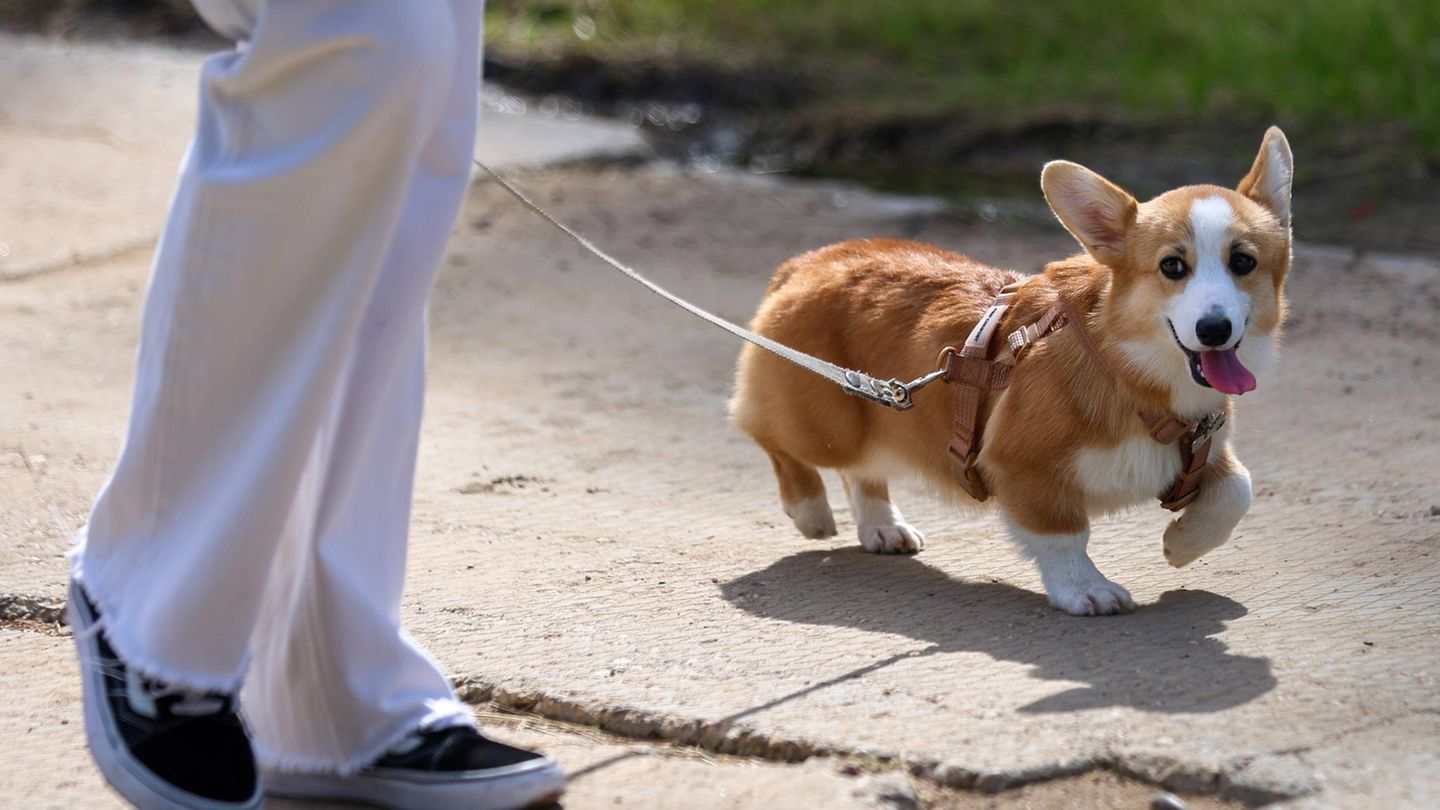Image: REINGRUBER (…AV GLACIER MEASUREMENT SERVICE)
The reasons for this were high temperatures and low rainfall. Those responsible for the PES therefore called on politicians to take action.
The sad “Top 3” of the strongest declines were on the Schlatenkees in the Tyrolean Venice Group (minus 89.5 meters), the Carinthian Pasterze in the Glockner Group (minus 87.4 meters) and on the Diemferner in the Ötztal Alps (minus 84.3 meters). ) recorded. Broken down by federal state, the Schlatenkees was also in the lead here, followed by the Pasterze and the Schmiedingerkees in Salzburg with a fall of 62.6 metres. As Gerhard Lieb from the Alpenverein Glacier Measurement Service reported, the “massive deglaciation” in the Austrian Alps can be observed everywhere. The drop of 28.7 meters is an “impressive number” and means 2.6 times compared to the previous year.
A time-lapse video showed the decline in the Ochsental glacier in the Silvretta group
The particularly “unfavorable year” is due to the weather conditions, explained Andreas Kellerer-Pirklbauer, who is also a leader in the ÖAV glacier measurement service and, like Lieb, works full-time at the Institute for Geography and Spatial Research at the University of Graz. Overall, the period examined was 1.4 degrees too warm, and there was also 12.3 percent less precipitation. June was “amazing” with plus four degrees, September brought a “good end” that was “a little too cool and much rainier”.
Saving water as the “need of the hour”
“If the deglaciation continues like this, Austria could be largely free of glaciers around the year 2075,” Kellerer-Pirklbauer ventured a prognosis for the future. The glaciers are currently living “only on the ice reserves of the past”. A look at the current financial year also gave the scientist pause for thought after very little precipitation had fallen so far. However, winter is not yet over for the glaciers, and summer is also crucial for the melt.
Lieb also drew attention to the fact that water shortages will be an increasingly important issue in the future. “The glacier donation, which is now flowing into the rivers due to increased melting, brings a certain plus” and would help out in periods of drought. “Saving water will be the order of the day, especially in summer”. However, the future of precipitation will be more crucial, he noted.
For Kellerer-Pirklbauer, the report should “shake up” politics, because “the hat is on fire”. “We really can’t tell any more here, you have to act,” said the scientist, who described the melting of glaciers and climate change as “massively intensified” by humans. Alpine Club Vice-President Ingrid Hayek also agreed and at the same time criticized ÖVP Chancellor Karl Nehammer, who recently spoke of Austria as the “car country par excellence”. “Austria is indeed a car country today, but as a ‘property’ I cannot agree with that. Because 100 years ago Austria was not a car country and will no longer be a car country in 100 years. That is not set in stone,” argued Hayek.
“The glaciers are not yet in the palliative care ward, but still have good years ahead of them,” Hayek made a comparison to medicine. “Let’s enjoy that they’re still there, but let’s not contribute to their environment being disturbed even faster,” said Hayek, also with regard to planned glacier ski area expansions on the Pitztal and Kaunertal glaciers, against which the Alpine Club and other alpine clubs had expressed vehemently. “After all, we’re marketing our country with these beautiful, white glaciers in the background,” Hayek stated.
The Alpine Association’s annual glacier report has been observing the local glaciers for 132 years. Responsible for this are the voluntary glacier knives of the Alpine Club, who examined 89 glaciers in twelve mountain groups. The climate-relevant data collected is fed into international databases such as the World Glacier Monitoring Service (WGMS). With the glaciers retreating, however, the terrain conditions are becoming increasingly difficult for the researchers. What remains is mostly steep, loose rubble material and difficult rock sections. In some cases, glaciers can no longer be observed as a result. This happened last year at the Bieltalferner in the Silvretta Group.
Source: Nachrichten




